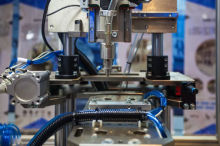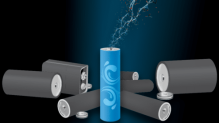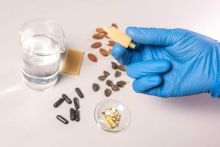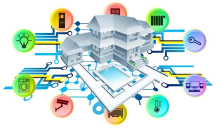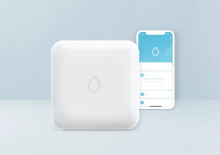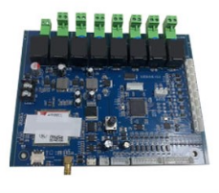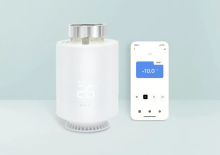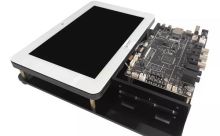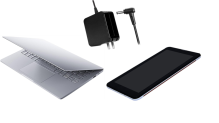In this project, we will build a dedicated power path controller system that will switch the load's power input from the main power supply to the auxiliary power supply during the main power failure and again from the auxiliary power supply to the main power supply during the main power recovery phase. This is a very important circuit to support the uninterruptible power application state during the transition of the input power from primary to auxiliary or from auxiliary to primary. In other words, it can work like the UPS for Arduino and Raspberry Pi projects, and it can also be used to charge multiple batteries from a single charger.
requirements
The circuit requirements are as follows -
Load current will be up to 3A.
The maximum voltage of the adapter is 12V (main power supply) and the maximum voltage of the battery is 9V (auxiliary power supply).
LTC4412 Power path controller
The primary controller chosen for this circuit is the LTC4412 from Analog Devices (Linear Technology). It is a low-loss power path controller system that automatically switches between two DC power supplies and simplifies load sharing operations. Since the device supports adapter voltage range from 3 volts to 28 volts and battery voltage range from 2.5 volts to 25 volts. Therefore, it meets the above requirements for input voltage.
However, it has two input sources, a primary source and a secondary source. Primary power (in our case, the wall adapter) takes precedence over secondary power (in this case, the battery). Therefore, as long as the main power supply is present, the auxiliary power supply will be automatically disconnected. The difference between the two input voltages is only 20mV. Therefore, if the main power supply is 20mV higher than the auxiliary power supply, the load is connected to the main power supply.
The LTC4412 has two additional pins -- control and state. The control pin can be used to digitally control the input to force the MOSFET to shut down, while the state pin is an open-drain output pin that can be used to absorb 10uA current and can be used to control with external resistance. This can also be interacted with the microcontroller to obtain the presence of an auxiliary power supply signal. The LTC4412 also provides reverse polarity protection for the battery. But since we are using power supply, you can also look at other designs here, such as overvoltage protection, overcurrent protection, reverse polarity protection, short circuit protection, hot swap controller, etc. May come in handy
Another component uses two P-channel MOSFETs to control the auxiliary and main power supplies. For this purpose, the FDC610PZ is used as A P-channel, -30V, -4.9A MOSFET suitable for 3A load switch operation. It has a low RDS ON resistance of 42 milliohm, making it suitable for this application without an additional radiator.


